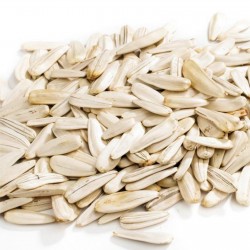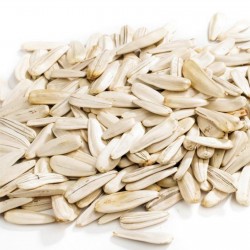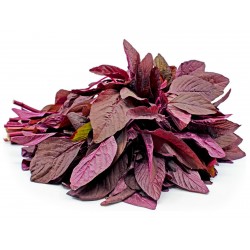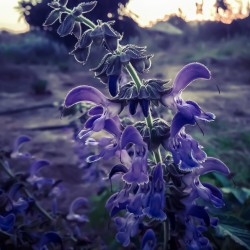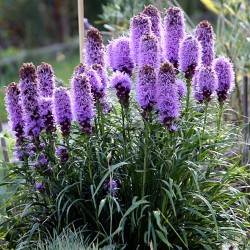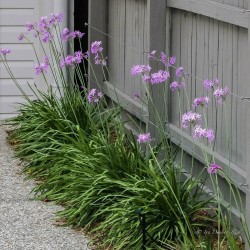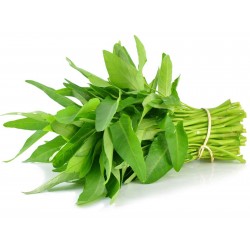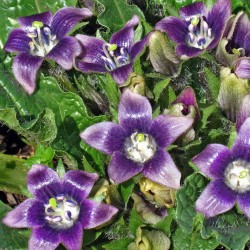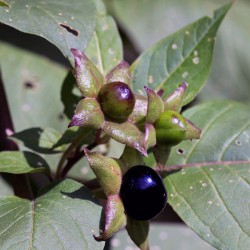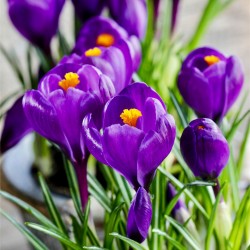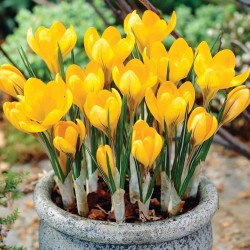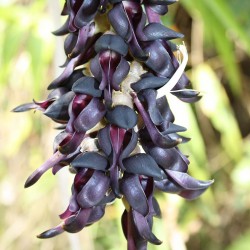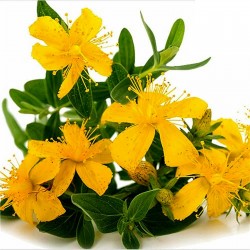
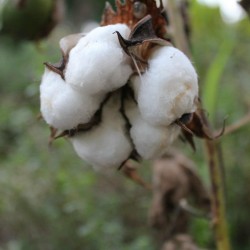
Cotton Seeds (Gossypium...
Pret
2,35 €
(SKU: T 10)
Seeds Gallery EU,
5/
5
<h2><strong>Cotton Seeds (Gossypium Herbaceum)</strong></h2>
<h2><span style="color: #ff0000;"><strong>Price for Package of 10 or 15 seeds.</strong></span></h2>
<p>Gossypium herbaceum is one of the cultivated cotton species. This short-lived and fast-growing perennial shrub can grow up to about 5 ft (1.5 m) tall. It has trilobed or palmate leaves and yellow hibiscus-like flowers. It produces capsules that split open when ripe and that display a loose tuft of white filaments, that constitute the cotton.</p>
<p>This plant likes a long, hot growing season to correctly grow and produce good fibers. Moreover, it is very cold tender and should be grown in frost-free climates. Elsewhere, it can be grown as an annual plant.</p>
<p><strong>WIKIPEDIA:</strong></p>
<p><i><b>Gossypium herbaceum</b></i>, commonly known as <b>Levant cotton</b>, <sup id="cite_ref-BSBI07_1-0" class="reference"></sup>is a species of cotton native to the semi-arid regions of sub-Saharan Africa and Arabia where it still grows in the wild as a perennial shrub.<span style="font-size: 11.6667px;"> </span>It is a sister-species of <i>Gossypium arboreum</i>.</p>
<h2><span class="mw-headline" id="Description">Description</span></h2>
<p><i>G. herbaceum</i><span> </span>has high<span> </span>stems<span> </span>that grow 2 feet (0.61 m) to 6 feet (1.8 m) high with wide, hairy leaves. Their<span> </span>flowers<span> </span>are small and yellow with a purple center. The plant exhibits<span> </span>extrafloral nectaries<span> </span>(calyculal nectaria, found on the receptacle, near the base of the<span> </span>calyculus).</p>
<p>When ripe and in warm weather, the flower capsule will burst and expose the cotton surrounding the<span> </span>seeds<span> </span>firmly. The cotton produced by this plant is short, about 2 inches (5.1 cm) long and is firmly attached to the seed, which is covered in hairy down. An<span> </span>acre<span> </span>of cotton can be expected to produce about 300 pounds (140 kg).</p>
<h2><span class="mw-headline" id="Uses">Uses</span></h2>
<p>Cotton fibers grow from the surface of the seeds and can be separated from these by hand or mechanically; the long fibers are called lint. The cotton fibers are constituted of nearly pure<span> </span>cellulose. The main use of cotton lint is as<span> a </span>textile<span> </span>for clothing. The fibers are spun into<span> </span>yarns<span> </span>and these are woven into<span> </span>fabrics, in the farm or house or in factories. Cotton as a fabric is much appreciated because of its comfortable, breathable properties, its resistance and also because it is easily stained.</p>
<p>The cotton plant itself has medicinal uses and can be cultivated traditionally, in house backyards, for, e.g., women's<span> </span>menstrual cycle<span> </span>pains and irregular bleeding. It is also known to be used after birth to expel the<span> </span>placenta<span> </span>and to increase the<span> </span>lactation, as well as for<span> </span>gastrointestinal issues, such as<span> </span>hemorrhages<span> </span>and<span> </span>diarrhea, for<span> </span>nausea,<span> </span>fevers,<span> </span>and<span> </span>headaches.</p>
<p>In the<span> </span>Levant<span> </span>seeds of<span> </span><i>Gossypium herbaceum</i><span> </span>were also used for food, feed or oil extraction. Cotton seeds, containing up to 20% oil and 20% proteins, are potentially highly rich as food or feed. Nevertheless, small glands present in all the plant organs of the<span> </span><i>Gossypium</i><span> </span>species, except the roots, and especially abundant in the seeds, contain toxic chemicals, in particular, the<span> </span>polyphenolic<span> </span>compound<span> </span>Gossypol. The gossypol is highly toxic to animals and is an element of the plant's direct defense system against herbivorous arthropods. It can cause severe growth and development disorders in humans as well as domestic animals, particularly monogastric animals, while polygastrics are more or less tolerant. For this reason, using oil or whole seeds for human nutrition is dependent upon some way of elimination of the gossypol, through heating or other treatment. The gossypol extracted from cotton seeds has potential use as a<span> </span>male contraceptive<span> </span>but can cause irreversible<span> </span>infertility<span> </span>after repeated use. In<span> </span>lab rat<span> </span>studies, it has been able to<span> </span>stop<span> </span>early<span> </span>pregnancies.</p>
T 10 (10 S)






